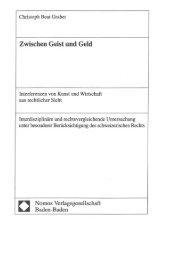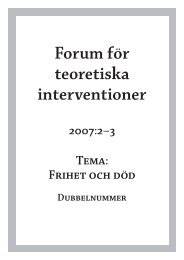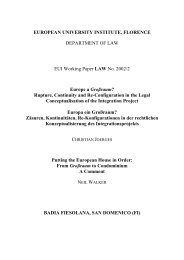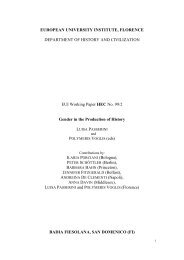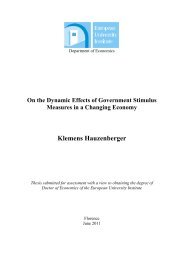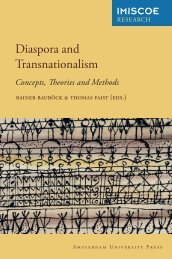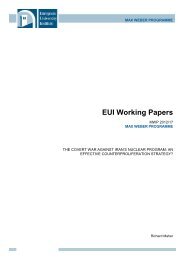Sinziana-Elena Poiana Ioana Lupea Irina-Madalina Doroftei Alina ...
Sinziana-Elena Poiana Ioana Lupea Irina-Madalina Doroftei Alina ...
Sinziana-Elena Poiana Ioana Lupea Irina-Madalina Doroftei Alina ...
You also want an ePaper? Increase the reach of your titles
YUMPU automatically turns print PDFs into web optimized ePapers that Google loves.
enough qualified teachers 18 . The buildings where the schools function are improper for study, most of<br />
them lacking running water and heating.<br />
The geographical segregation is not the only reason for school segregation. One could observe among<br />
some non-Roma parents the phenomenon of “white flight”: withdrawal of their children from the<br />
schools with many Roma pupils in order to have them enrolled at other schools. 19<br />
In April 2001, the Romanian government adopted the Roma Strategy which aimed at the improvement<br />
of the condition of the Roma through social inclusion measures and in April 2004, the Ministry of<br />
Education and Research issued a notification 20 (29.323/20 April 2004) on the School Segregation 21<br />
stipulating the following: “Segregation is a very serious form of discrimination […] segregation in<br />
education involves the intentional or unintentional physical separation of Roma from the other<br />
children in schools, classes, buildings and other facilities, such that the number of Roma children is<br />
disproportionately higher than that of non-Roma compared to the ratio of Roma school-aged children<br />
in the total school-aged population in the particular area […] the Ministry of Education and Research<br />
prohibits the setting up of pre-school, primary and lower secondary classes comprising exclusively or<br />
mainly Roma students. This way of setting up classes is deemed a form of segregation, irrespective of<br />
the explanation called upon” 22 . Seen as a mere recommendation, not as an order, the notification was<br />
not carried out.<br />
It is worth mentioning that 2007 was the year when Rahela’s case received a lot of attention from the<br />
media and more people in the public space became aware of the segregation of Roma children in<br />
schools. 23 There was no other case that was so actively debated in the mass-media as Rahela’s case,<br />
and the debates it caused led to a series of legislative measures taken by the public authorities.<br />
In May 2007, the public attention brought to this case lead to the opening of an ex-officio investigation<br />
of the National Council for Combating Discrimination into Rahela’s case (the mass-media articles<br />
made lots of people express their sympathy for Rahela. For instance, readers of „Adevarul” sent<br />
presents and letters to encourage her, and the school director got indignant letters from citizens<br />
criticizing E.Daba for not allowing a child into her class etc. Besides, some high-ranking officials from<br />
the Ministry for Education continued to show their intention to solve this case as soon as possible and<br />
sent the Ciurescu siblings to a seaside resort and provided them with free school supplies etc 24 ) .The<br />
Council pronounced its decision concerning the reported discrimination in October 2007. Also later<br />
in 2007, after the adoption of the Ministerial Order nr. 1540/19 July 2007 which prohibited any form<br />
of segregation in the educational system, the Ministry of Education adopted, an internal regulation<br />
which demanded that the schools identify and eliminate any segregation practices.<br />
Amongst the positive measures stipulated in the 2007 regulations of the Ministry of Education, it is<br />
worth mentioning that starting with the 2007-2008 school year, the classes with a majority of Roma<br />
18<br />
Mihai Surdu, 'Educaţia şcolară a populaţiei de romi', in Cătălin Zamfir and Marian Preda, eds., Romii în România,<br />
Bucureşti: Expert, 2002, p. 121-122.<br />
19<br />
Claude Cahn and Dimitrina Petrova, Stigmata. Segregated Schooling of Roma in Central and Eastern Europe, Budapest:<br />
European Roma Rights Center (ERRC), 2004), p. 12.<br />
20<br />
internal norm targeting school inspectorates, kindergarten and schools.<br />
21<br />
Equal Access to Quality Education for Roma. Romania. Volume 1: Bulgaria, Hungary, Romania, Serbia. Monitoring<br />
Reports 2007, Budapest: Open Society Institute/EU Monitoring and Advocacy Program, 2007, p. 377-378.<br />
22<br />
Equal Access to Quality Education for Roma. Romania. Volume 1: Bulgaria, Hungary, Romania, Serbia. Monitoring<br />
Reports 2007, Budapest: Open Society Institute/EU Monitoring and Advocacy Program, 2007, p. 358.<br />
23<br />
http://www.ziare.com/articole/discriminare+fetita+rroma<br />
http://86.124.112.57/actualitate/Doamna-primeste-clasa-tigani-prosti_0_40197307.html<br />
24<br />
'Prima vacanta la Mare din viata elevei Rahela (http://stiri.kappa.ro/actualitate/18-06-2007/prima-vacanta-la-mare-dinviata-elevei-rahela-138086.html,<br />
accessed 2011.3.20)', (2007.6.18).<br />
35



